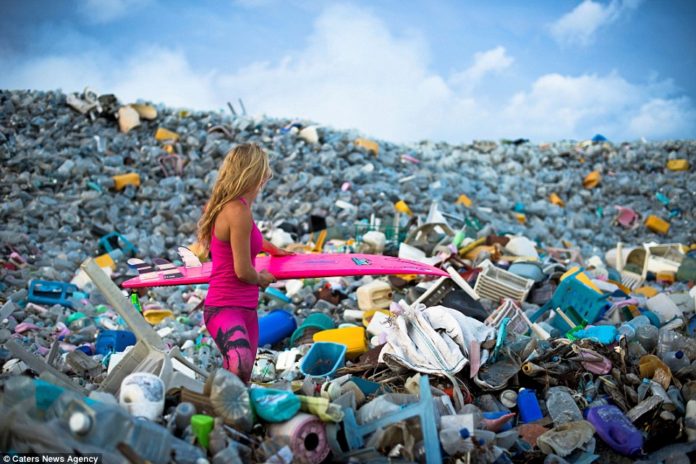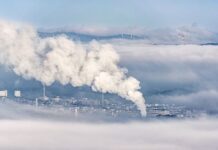This is Scott Amyx with today’s Climate Change Flash Briefing.
The Island of Ko Phi Phi Leh in Thailand became famous after the movie “Beach” starring Leonardo DiCaprio was released in 2000. Since then, the number of tourists to the Maya Bay on the island has spiked, especially with Chinese flocking to the island by wanderlust.
In 2008, there were about 171 people visiting Maya Bay daily. By 2017, that number jumped to 3,520. The boats not only brought thousands of tourists but with them plastic waste such as straws, plastic bags, cans and garbage. The filth has killed off the coral reef in the Bay. In 2018, certain areas of the Maya Bay was closed to clean up the beach and to support coral nursery. But Thailand is not alone.
Indonesia is second only to China as the world’s largest contributor to plastic pollution. Indonesia contributes about 200,000 tons of plastic waste from its rivers, streams and coasts. Four of Indonesia’s rivers, Brantas, Solo, Serayu and Progo, rank among the top 20 most polluted rivers in the world. It’s public water is contaminated by E. coli, fecal matter and other harmful pathogens.
Its government will allocate $1 billion a year to drastically reduce the amount of plastic and waste products contaminating the country’s water sources and the ocean.
As much as 80 percent of the world’s marine debris comes from land-based sources such as plastic manufacturers, processors, landfills, sewage overflows and litter. The storm water runoff, wastewater and industrial waste eventually bring land-based debris into the oceans. 60 to 80 percent of all marine debris is plastic.
So what can you do?
Advocate for Earth Law, a system of law that recognizes nature’s inherent rights to exist, thrive and evolve.
Pressure consumer packaged goods companies to use less plastic in their packaging.
Whenever possible bring your own reusable bags to the grocery store, use your own coffee mug at cafes, buy cotton-based clothes rather than clothes made from man-made petroleum-based fibers such as polyester or nylon that makes it way into clean water sources, rivers and oceans in the form of microplastics.
Stay tuned next time.


















